In Binh Thuan , there is a cemetery with dozens of ancient tombs and many mysterious anecdotes that few people know.
In the days when the country had just been unified (after April 1975), we often heard somewhere that the anti-government forces were still hiding behind, continuing to operate and waiting for an opportunity... During that time, the people of Bac Binh district (including Bac Binh and Tuy Phong now) passed on to each other the story of the authorities discovering and arresting a spy hiding in an ancient tomb in the cemetery in Hoa Phu commune (old). Inside the tomb was "designed" like a secret shelter, with enough space for living and working...
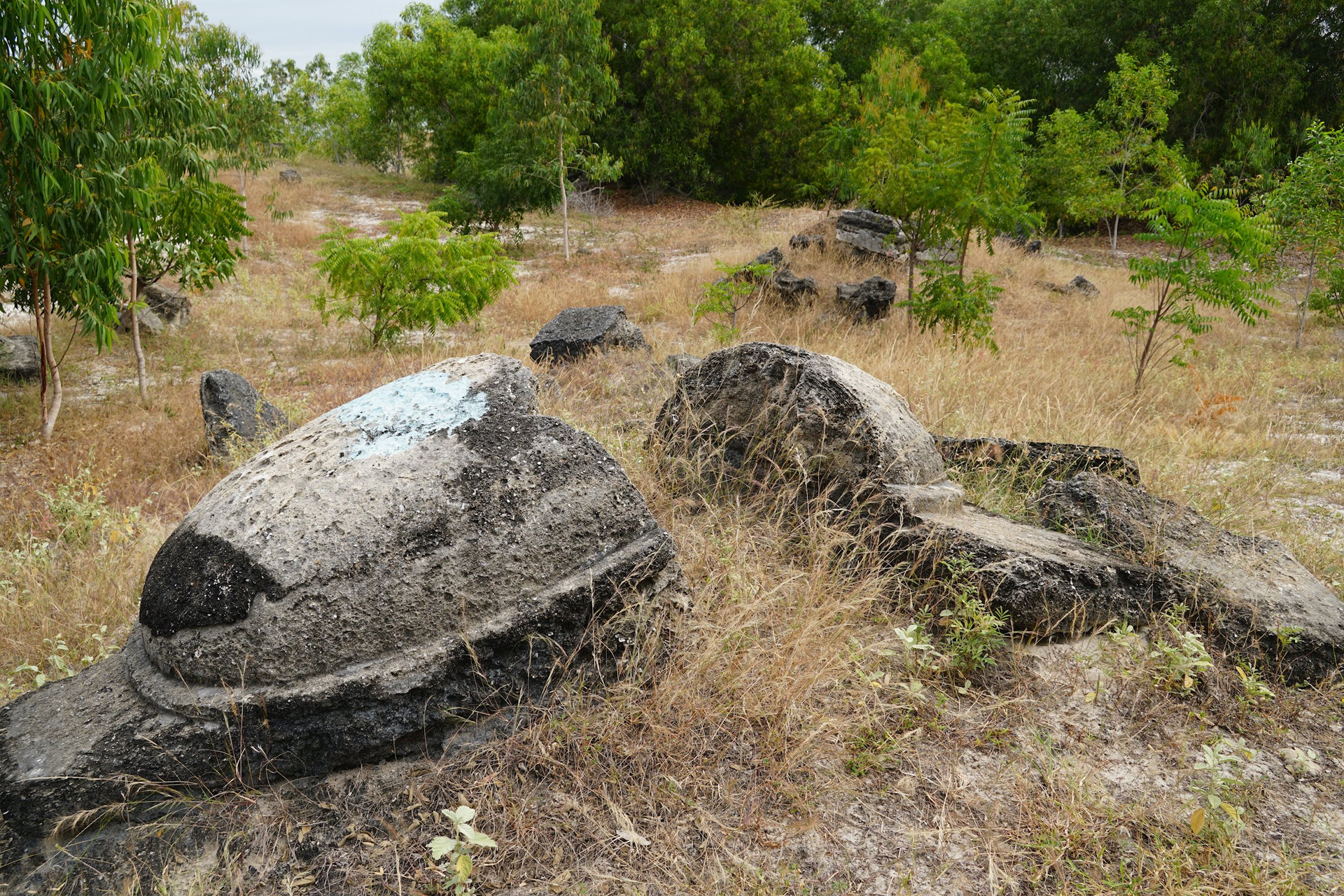
By chance, during a trip along Highway 716 from Phan Thiet to the foot of Hoa Phu Bridge, the writer stopped at a roadside restaurant, suddenly remembered an old anecdote, asked around and learned that on the opposite side was a pagoda named Dien Tho; on the left there was a road leading deep inside about a kilometer, where there was a complex of several dozen ancient limestone tombs on an area of approximately 10 acres...
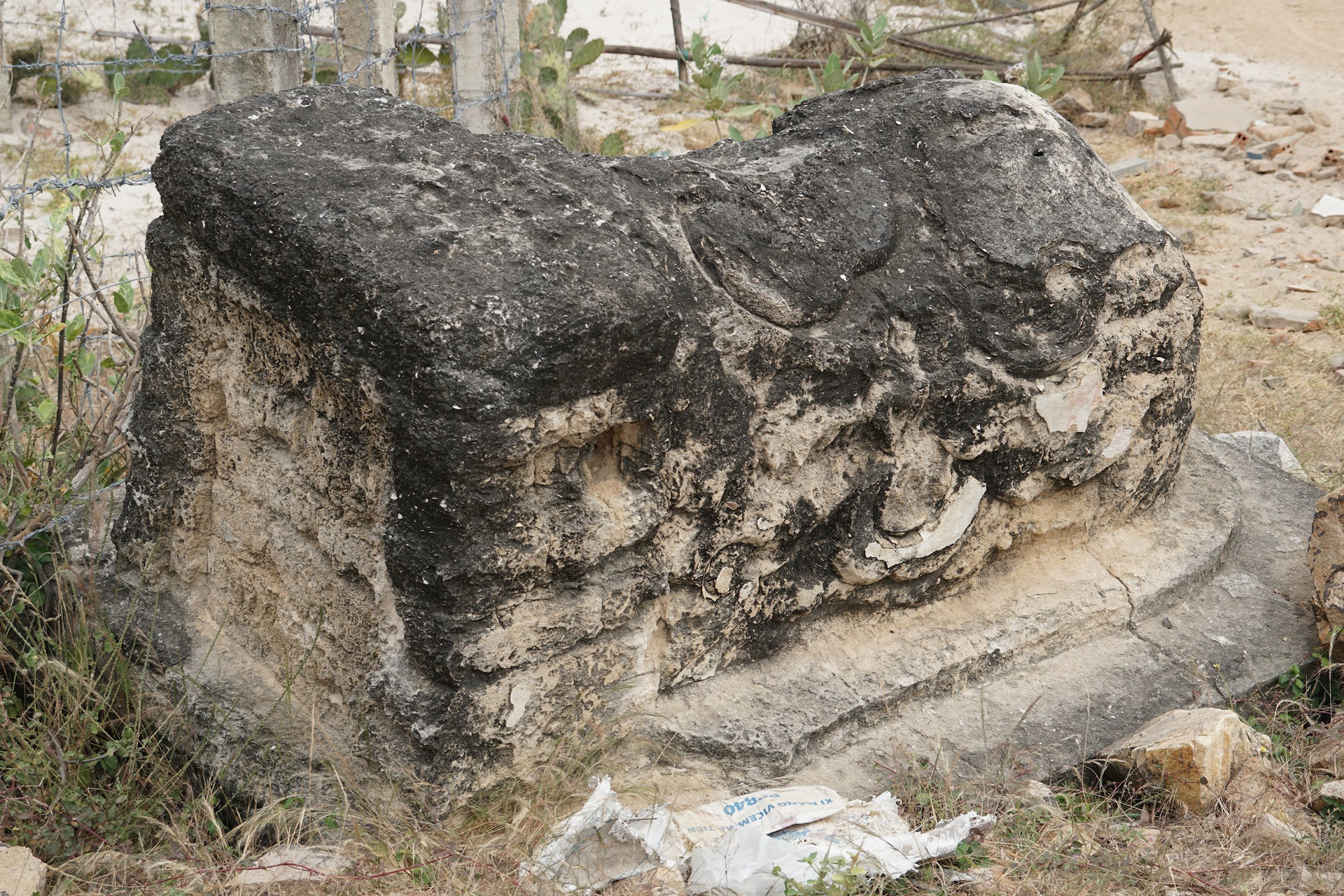
Arriving at the place, observing, we found it exactly as the locals had said. The ancient tombs here have a variety of shapes and impressive sizes. The width is from 2 to 4 m; the height is from 1 to 2 m. There are tombs built in the shape of rectangular blocks; there are tombs with a square base, the upper part is built in the shape of an ellipse, in the shape of "toys paying homage" or "kylin kneeling", "tiger lying down" with characteristic motifs; there are tombs in the shape of towers with 2 "stepped" bases surrounded by a wall nearly a meter thick...
Observations show that the ancient tomb was built from a limestone mixture, which the elderly in this area said was a mixture of lime - sand - cactus sap - molasses. At that time, only horse-powered transportation was used, and this place was famous for the name Quan Mia (Binh Liem village, Phan Ri Thanh commune) because of the immense sugarcane cultivation that was sold everywhere. Archaeologist Do Dinh Truat once assessed that the mixture mentioned above was the most solid construction technology at that time. With such shape and material, according to the knowledge of expert Do Dinh Truat, this tomb was built around the 17th - 18th century for the "resting" people who were powerful.
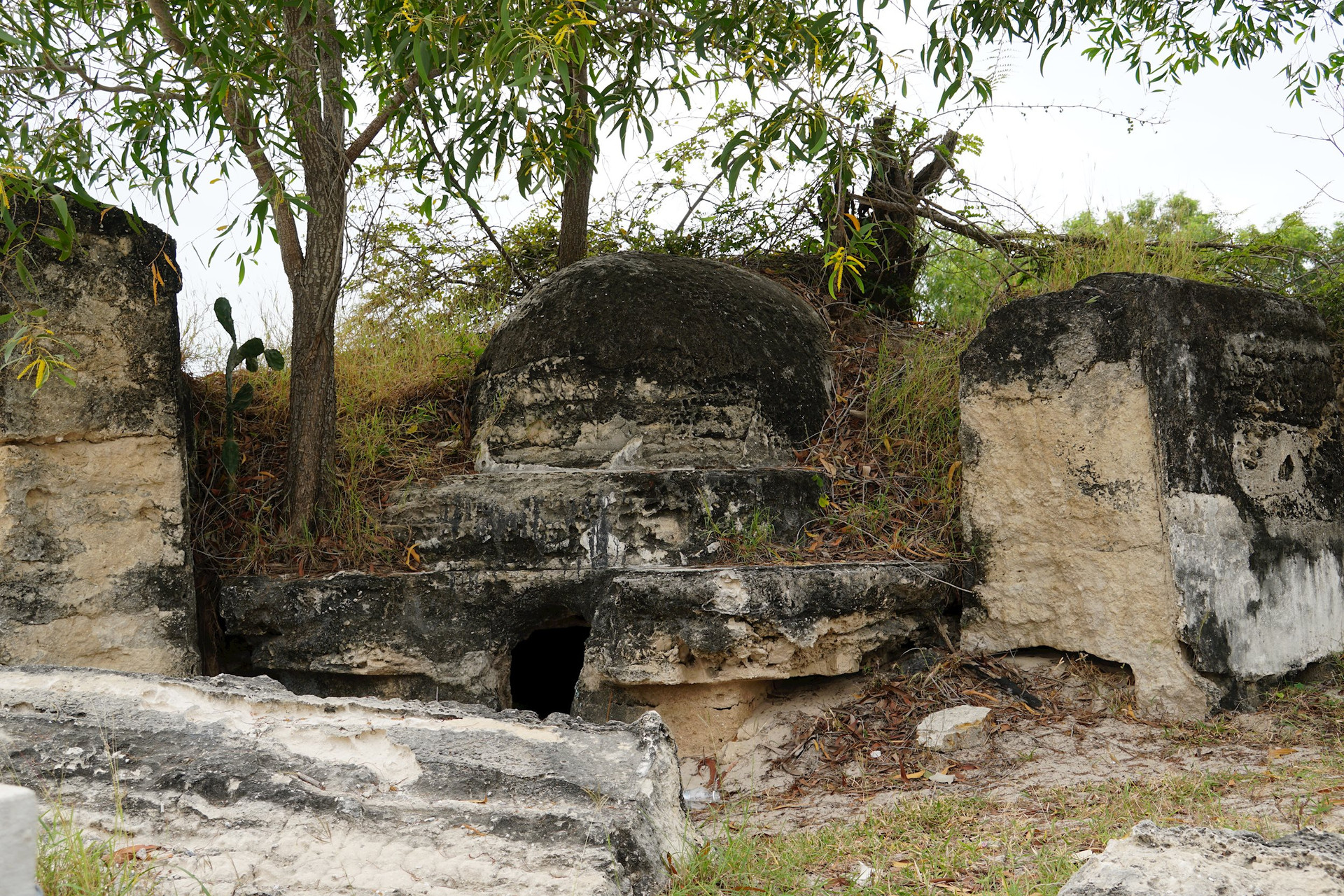
In particular, there is a large, tallest tomb here, with a hollowed-out, square-shaped back, just enough for a person to crawl into. The space inside is like a small room. More mysteriously, the walls inside the tomb are flat and quite smooth, looking like they were built with sharp-cut black stones like the walls of high-class modern houses today. Also according to archaeologist Do Dinh Truat, during this period, there were tombs that did not bury the deceased but were built empty inside, in order to deceive those who intended to take revenge or sabotage, while the deceased were cremated or buried in another, more secretive way. Connecting the old story, could it be that this empty tomb inside is the place where the spy hid to sabotage in the anecdote of the days after 1975?
Currently, the ancient cemetery has a production facility and many houses of the people. They live and work among the graves. Some graves are still intact, some are broken, possibly due to human impact?
Regarding the origin of the cemetery, local leaders are unclear, and the archaeological industry still does not know (?).
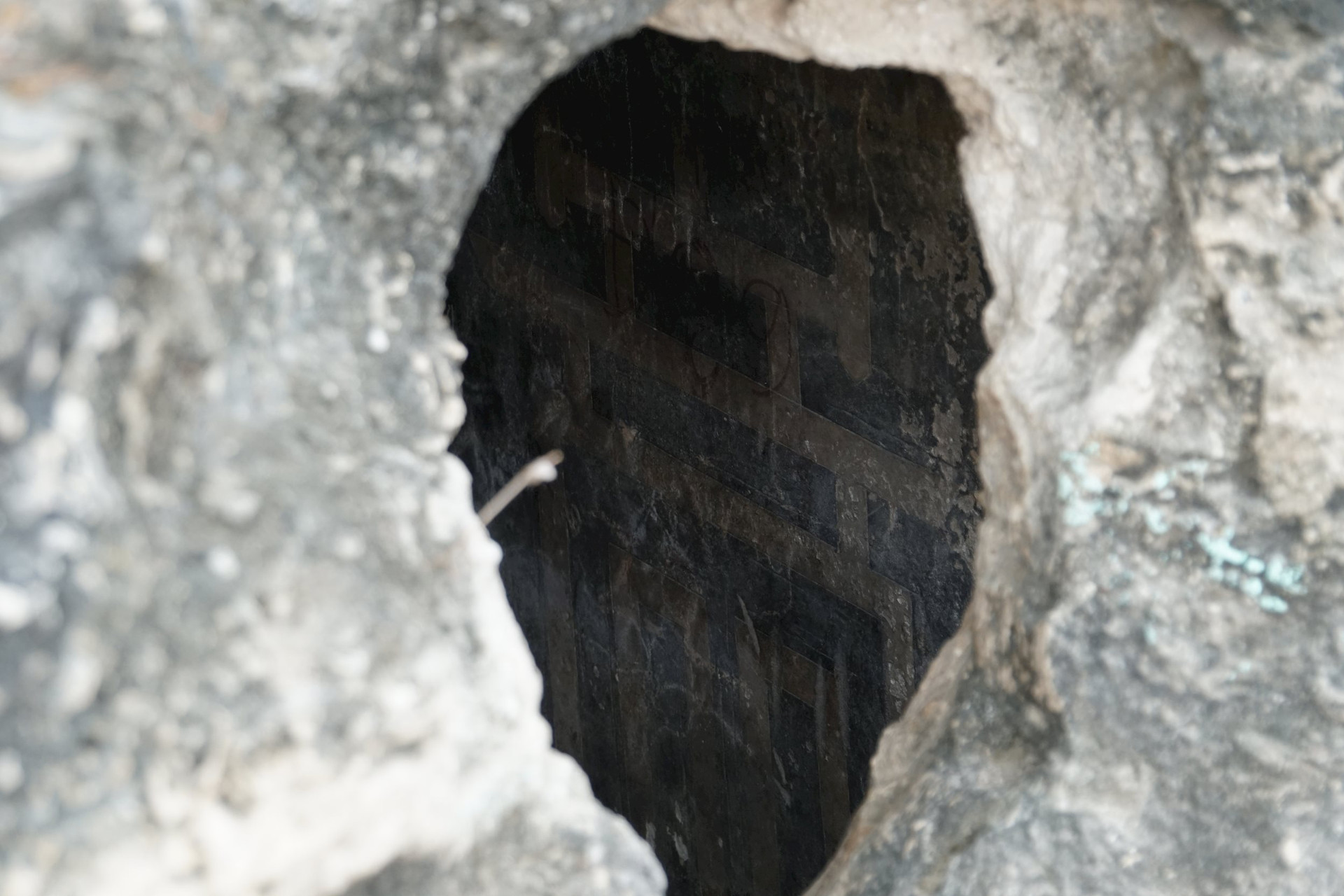
Normally, there are still a few ancient tombs left here and there, but in Hoa Phu there is a large cemetery. According to experts, only people with merit and high positions in the region can build tombs with the elaborate shape as mentioned. If experts survey and research, they can discover and suggest many interesting things, who knows, there will be more valuable data about the history of the formation of Parik - Phan Ri (Hoa Da) - Thuan Thanh town - the first land of Binh Thuan?
Standing at the ancient cemetery on the red sand hill on the right bank of the downstream of the Luy River, the writer suddenly recalled the words of the abbot of Dong An village temple (established in the 18th century, restored and recognized as a national monument by the Ministry of Culture, Sports and Tourism), there were 4 families and their entourage sent by the Nguyen Dynasty to the Parik land to reclaim and establish a village. However, after a short time, 2 people were "chewed" by tigers, and this group had to return and admit defeat. After that, the Nguyen Dynasty sent 4 other "families" to form the Phan Ri - Hoa Da land.
Although it has not been scientifically proven, the anecdote cannot be without basis. If clarified, the history of northern Binh Thuan will be more profound, helping the next generations to better understand the merits of their ancestors as well as to behave appropriately towards the land that still contains many values, both tangible and intangible…
Source


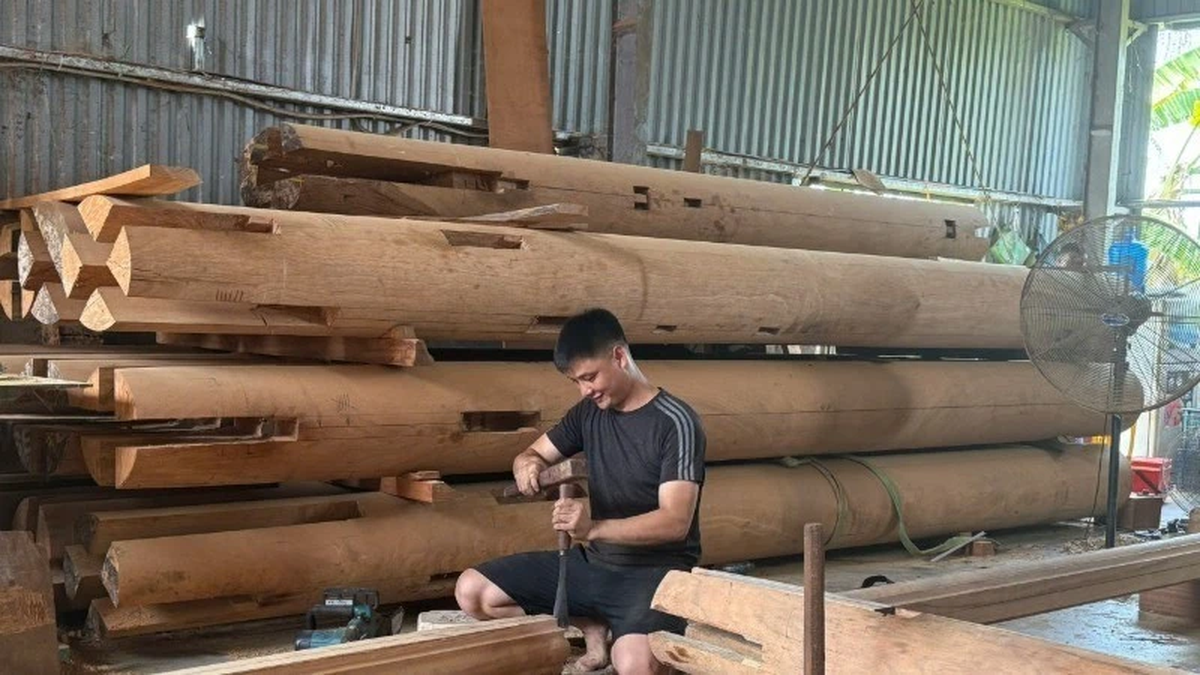
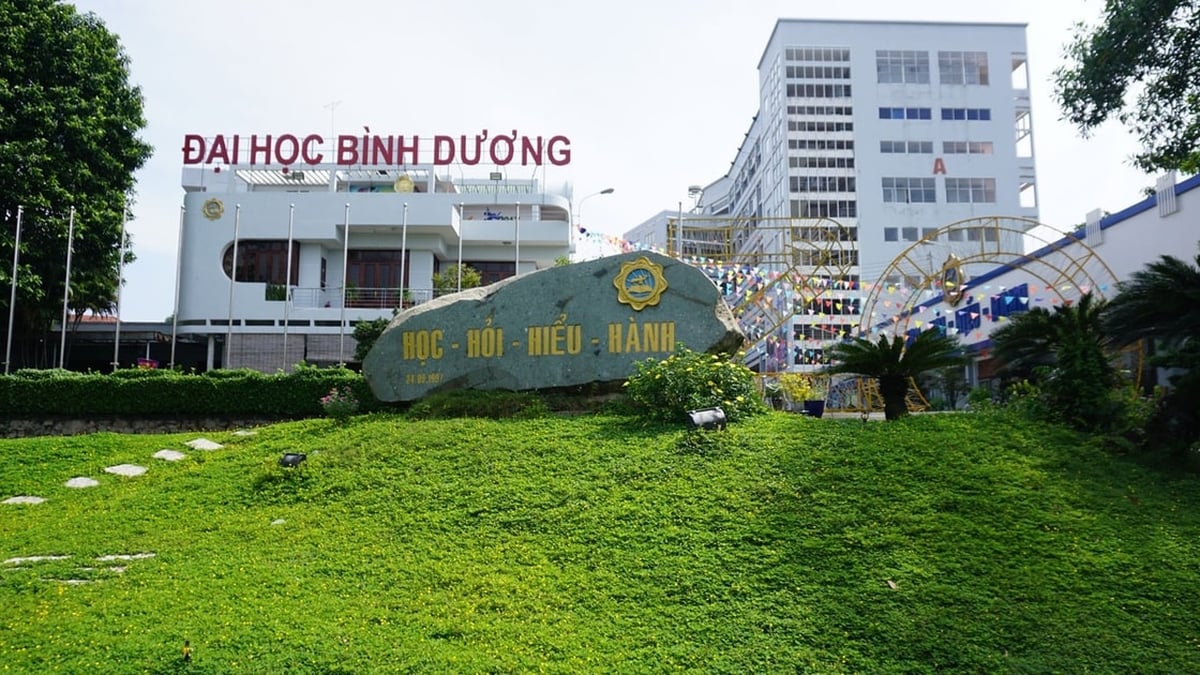
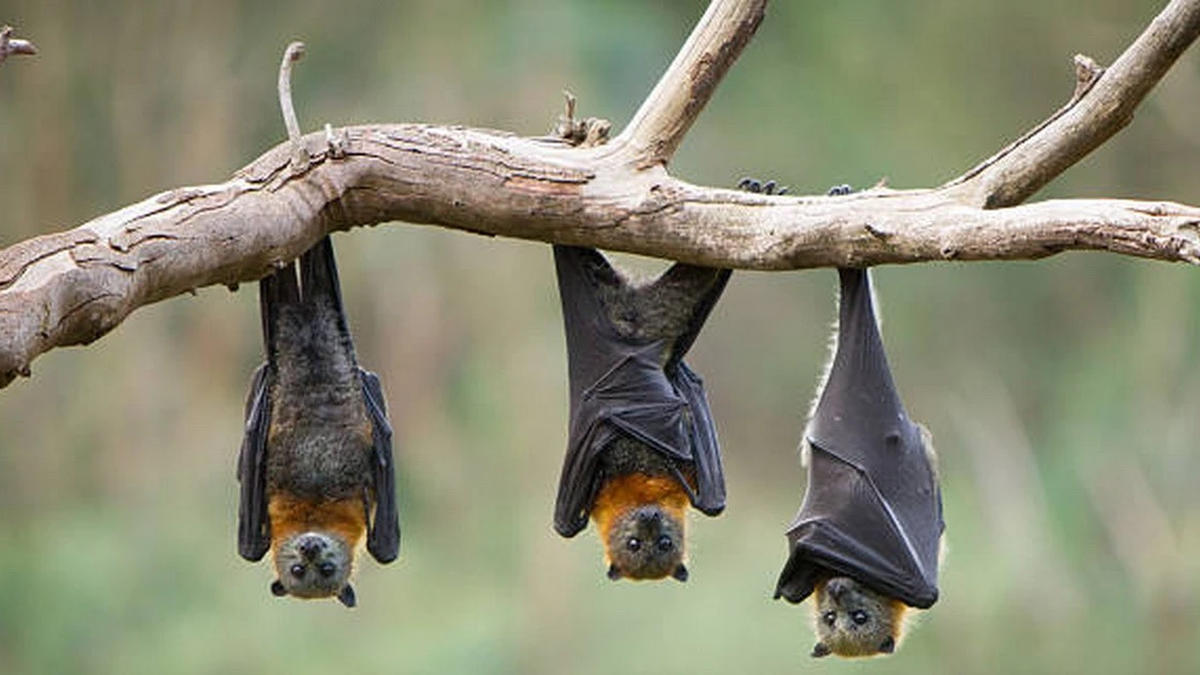

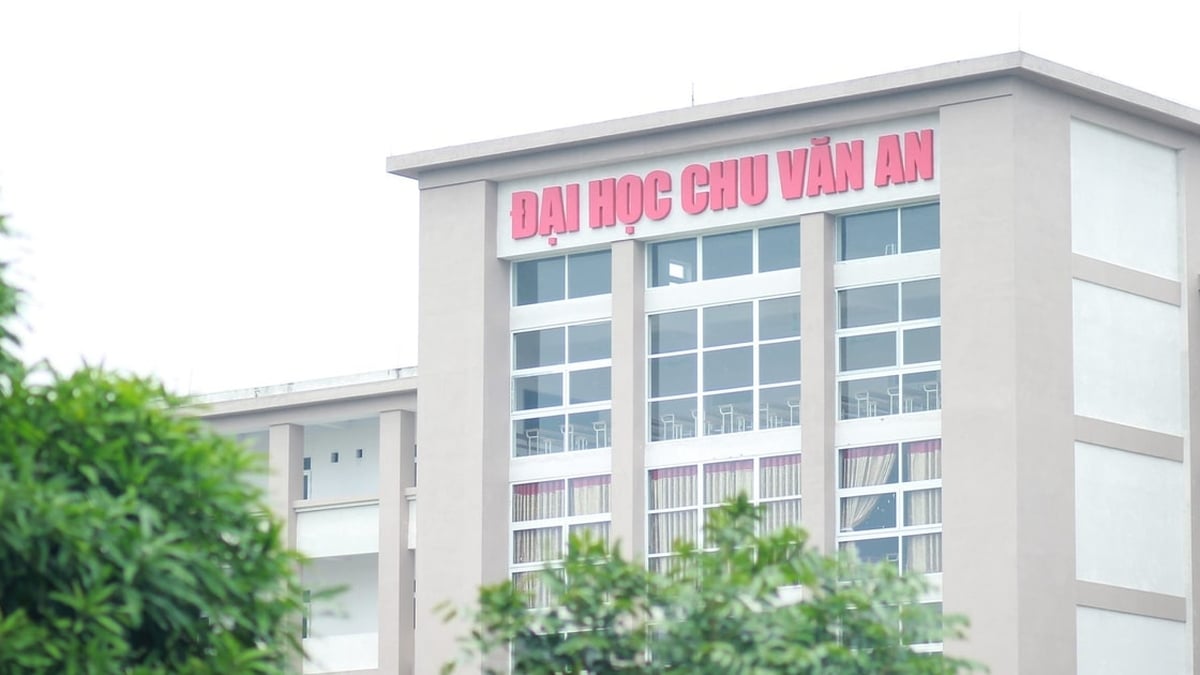


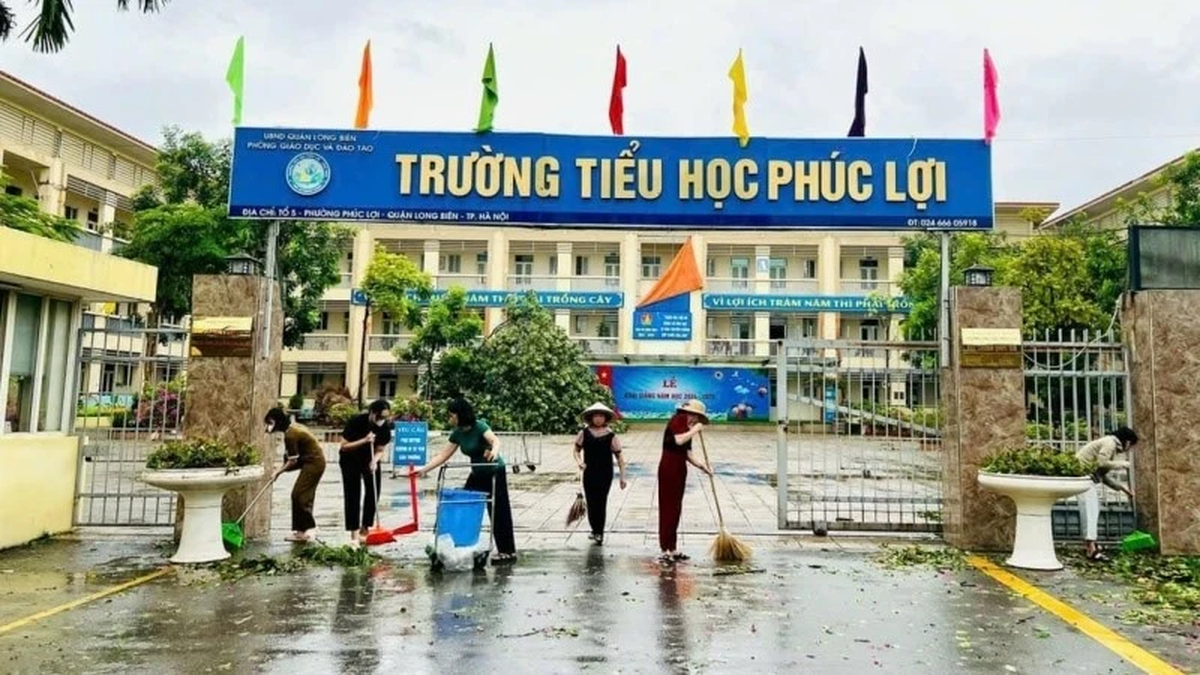












![[Photo] National Assembly Chairman Tran Thanh Man visits Vietnamese Heroic Mother Ta Thi Tran](https://vphoto.vietnam.vn/thumb/1200x675/vietnam/resource/IMAGE/2025/7/20/765c0bd057dd44ad83ab89fe0255b783)















































































Comment (0)